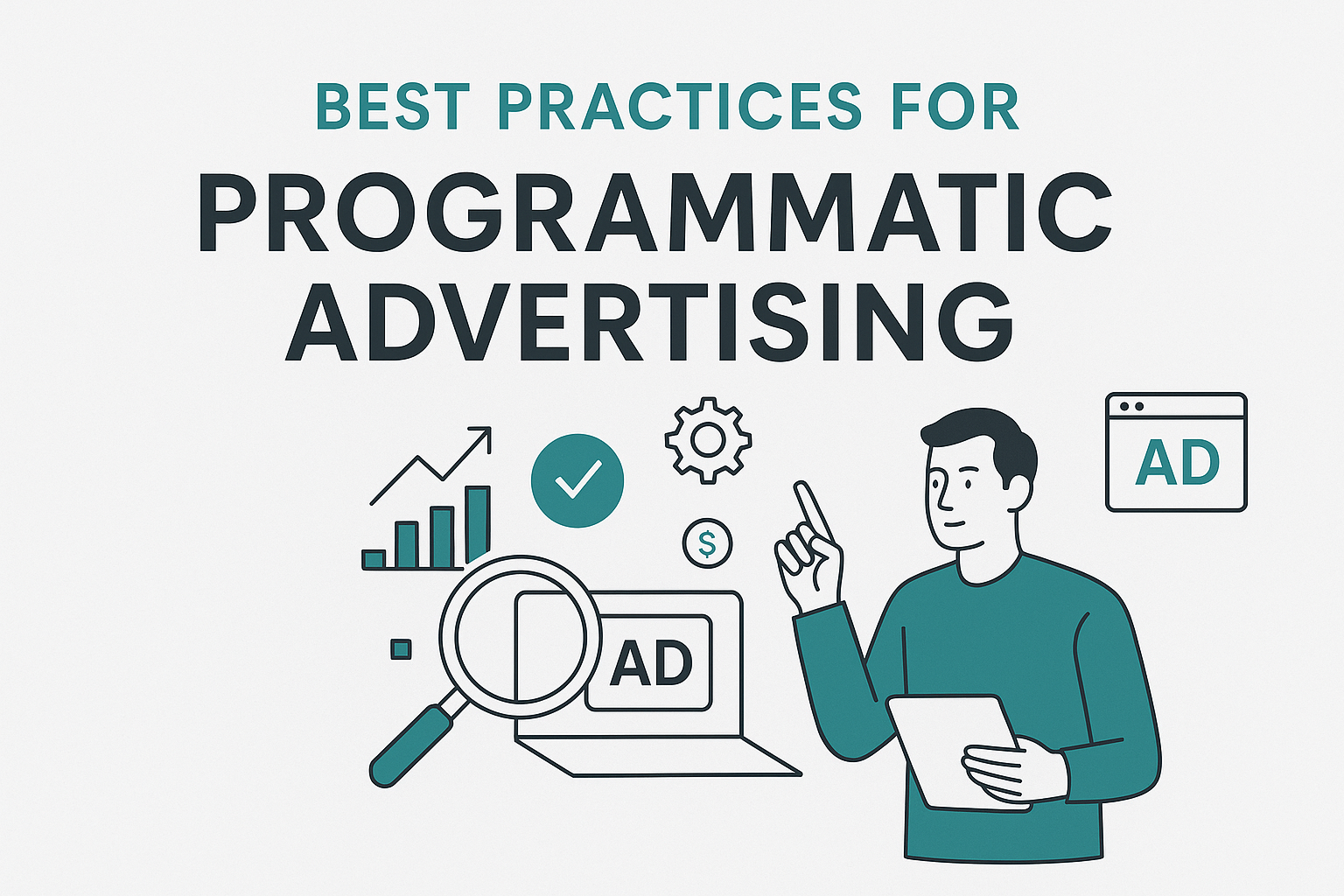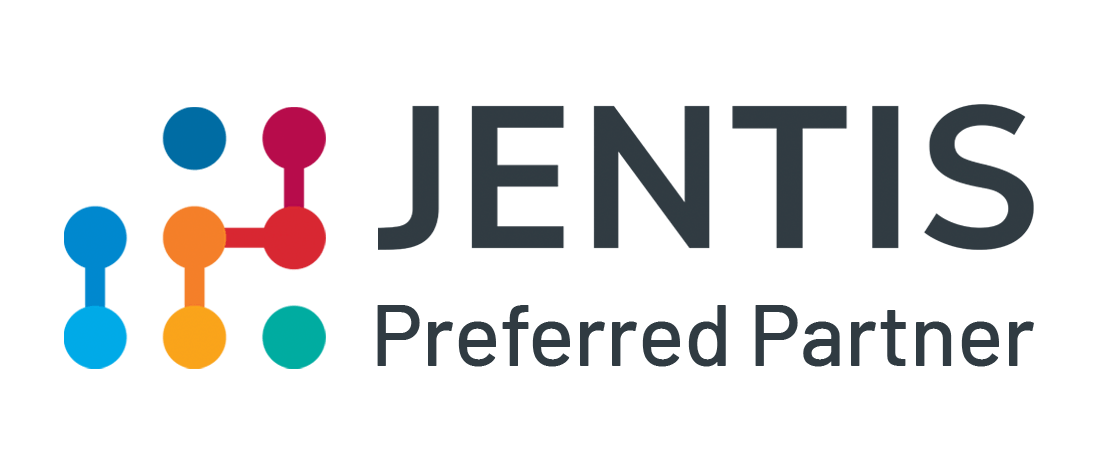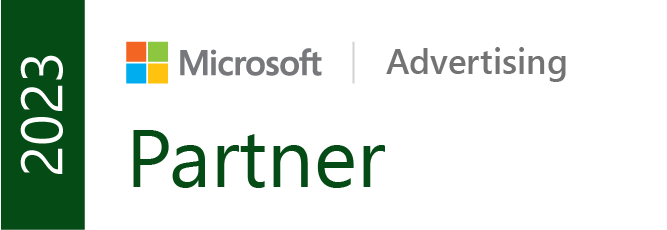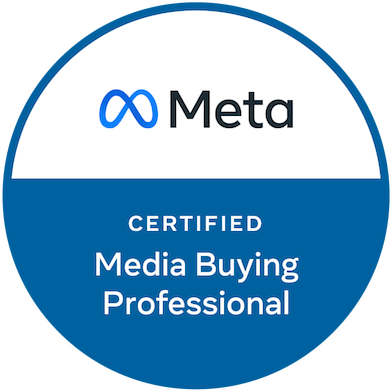People don’t click ads just because you want them to. They click when the moment feels right. In a world where attention is the new currency, precision in targeting can make or break a campaign.
Programmatic advertising helps bring order to this complexity. By combining data, technology, and creativity, it ensures your brand message appears exactly where and when it matters most. The result? Greater visibility, stronger relevance, and measurable impact across every stage of the marketing funnel.
In this article, we’ll explore how to use programmatic advertising strategically throughout the funnel and share best practices for formats, placement control, and targeting.
Awareness: Building reach and increasing brand recognition
Programmatic Advertising is your secret weapon when it comes to driving awareness among your target audience. No other approach combines reach, precision, and efficiency as effectively. While traditional branding initiatives often rely on static placements, Programmatic Advertising enables dynamic, data-driven control of reach across the right platforms at the right time.
The awareness stage focuses on visibility and brand perception. Programmatic Display delivers strong awareness through digital banners on premium publisher sites at low CPMs (cost per 1’000 Impressions). Programmatic Video complements these efforts with engaging motion formats that capture attention, evoke emotions, and anchor brand messages more deeply. Short, impactful videos enhance brand recall and create the first emotional connection with the brand.
To ensure quality, awareness campaigns should be controlled through whitelists (trusted domain lists aligned with brand positioning). To prevent ads from appearing on low-quality or non-brand-safe sites, we also recommend using blacklists and domain filters. This combination ensures that brand messages gain visibility without losing credibility.
Creative execution is equally crucial. Banners and videos must make the brand immediately recognizable, convey a clear message, and lead to a relevant landing page. Consistency in tone, color palette, and design strengthens brand identity and ensures recognition across all channels.
Best practices for awareness campaigns:
- Use Programmatic Display and Video strategically to build reach efficiently and with control.
- Combine demographic, contextual, and behavioral targeting to ensure campaign relevance.
- Work with whitelists and domain filters for maximum brand safety.
- Test and rotate creatives regularly to maintain audience attention.
Consideration: Retargeting for engagement and reactivation
Retargeting campaigns make it possible to cover the mid-funnel effectively with Programmatic Advertising. Display ads are ideal for reminding users of previously viewed products or services through personalized banners. Programmatic Video can add an emotional layer by highlighting benefits or testimonials to build trust.
Data plays a central role here. First-party data from CRMs (Customer Relationship Management), web analytics, or app usage form the foundation for precise retargeting segments. Frequency capping helps prevent overexposure and maintains a positive user experience.
Best practices for consideration campaigns:
- Activate retargeting segments based on first-party data.
- Use Programmatic Display for precise re-engagement and Programmatic Video to deepen brand connection.
- Control contact frequency with frequency caps.
- Creative excellence in display and video
The key success factor remains creativity – especially in high-ad-density environments. A strong creative captures attention within seconds through a clear message, compelling value proposition, and consistent branding.
For display formats, simplicity is essential: one core message and a clear call-to-action. For video, the first few seconds determine success. The brand should be recognizable immediately, and the value should be communicated quickly.
Measurement and optimization
A full-funnel strategy requires differentiated performance measurement.
In the awareness phase, reach and visibility are key metrics. In the consideration phase, the focus shifts to engagement and interaction.
Programmatic Advertising enables continuous optimization through real-time data, allowing placements, bids, and creatives to be dynamically adjusted. The critical factor is an ongoing learning process – regularly translating data insights into optimization actions.
Best practices for measurement:
- Define KPIs for each funnel stage.
- Use viewability and attention metrics for awareness campaigns.
- Evaluate engagement and click behavior to assess retargeting performance.
- Continuously test and optimize based on real-time data.
Programmatic Display and Video are no longer just performance tools. When used strategically, they form the backbone of a modern, full-funnel marketing strategy. By seamlessly connecting awareness and retargeting efforts, you can create a consistent user experience from first impression to active brand engagement.
True success happens where data intelligence, creative excellence, and precise targeting meet. Brands that use Programmatic Display and Video as part of an integrated full-funnel approach not only drive efficient reach but also build lasting brand impact and measurable business results.









